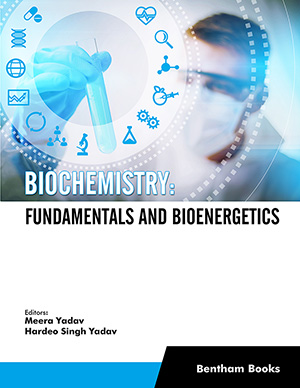Abstract
Improper allocation of the incorrect metal ion to a metalloprotein can have resounding and often detrimental effects on different aspects of cellular physiology. Enzymes that employ transition metals as co-factors are housed in a wide variety of intracellular locations or are exported to the extracellular milieu. Metallochaperones (much smaller than the cell) are essential for the proper functioning of cells and are a distinct class of proteins which accounts for the incorporation of metal ion cofactors into metalloenzymes / metalloproteins. Metals in the cells are distributed by metallochaperones (intracellular metal ion carriers) and these intracellular metal ion carriers ensure that the correct metal is acquired by a specific metalloenzyme. Metallochaperones act in the intracellular trafficking of metal ions to protect the cell and are a family of soluble metal receptor proteins that bind and protect metal ions/cofactors. The target sites for metal/cofactor delivery include a number of metalloenzymes, or proteins that bind metal ions and use these ions as cofactors to perform essential biochemical reactions such as cellular respiration, DNA synthesis and antioxidant defense. In this review, metallochaperones for various metals such as copper, nickel, zinc, iron, arsenic, manganese, cobalt, molybdenum and vanadium are discussed. In the cell, the specific metal ion is often selected by specific protein-protein interactions between the apoprotein and a metallochaperone and ligand-exchange reactions have been involved in the metal transfer from metallochaperones to cognate apoproteins. The development of chaperone-based medications from medicinal plants has been reported.
Keywords: Metallochaperones, chaperones, metal ions, proteins




























